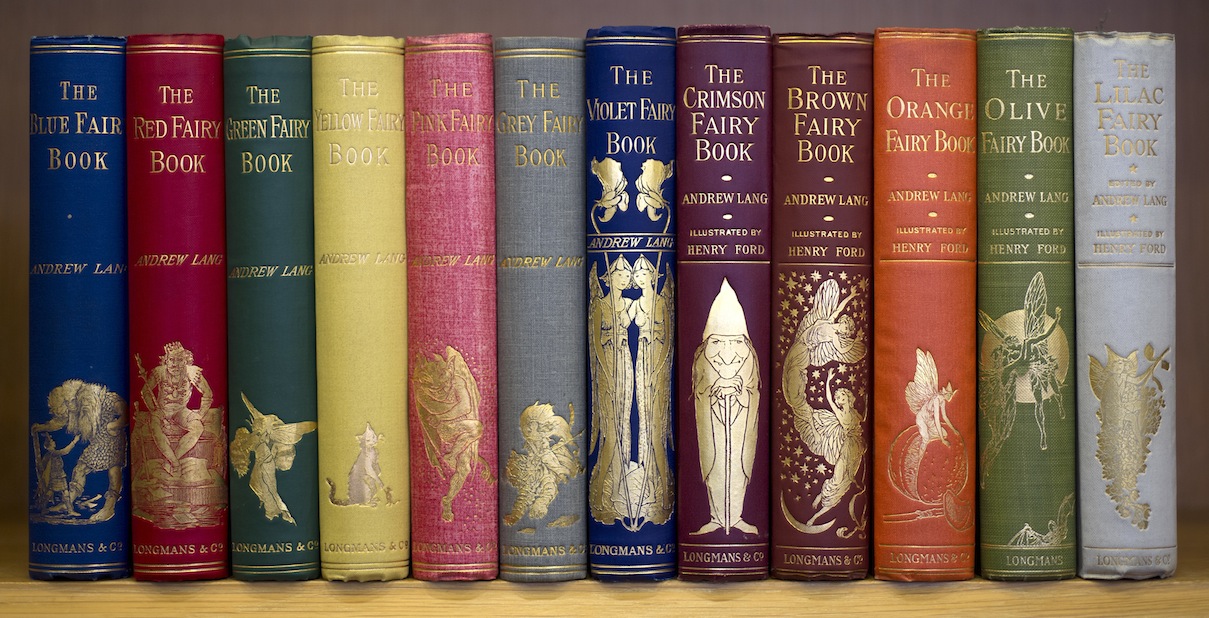Blog: What can fairy tales teach us about society?
Date 26.02.2019
26.02.2019
To celebrate National Tell a Fairy tale Day, PhD student Alicia de Barry, from the University of Northampton, discusses her PhD research, which looks at what fairy tales of the past can teach us about social norms and expected behaviour of that time. Alicia’s PhD research uses one particular fairy tale collection as the basis for her work; Lang’s Fairy Tale Series (1889 – 1910).
The fairy tale, often some of the first tales read to children, tend to be short stories that typically feature fantasy characters, faraway lands and creatures from other worlds as a storytelling tool, to give a moral lesson to the reader, which is telling of the societal thoughts of the period in which they were written.
Alicia said: “The aim of my research project is to analyse ways in which childhood and gender are depicted in this nineteenth-century series of books.
“The early part of the nineteenth-century society was extremely patriarchal, with women largely excluded from positions of power and influence, though Queen Victoria was the exception, with women primarily expected to have a role in the home as wife and mother.
“Changing economic and social landscapes meant that by the late nineteenth century it was more acceptable for a woman to go out to work before she married, and my research will investigate how this change in society was reflected in literature.
“At this time, the idea of masculinity saw the man as a provider – if a man did not work or was unable to work, then according to social values, he had lost the essence of masculinity. Men were also seen as the protectors and this ideal became more prevalent in the nineteenth century, as biological differences between the genders were emphasised.
“Lang’s fairy tale ‘Jack my Hedgehog’ (Green 1892) is a particularly crude fairy tale that provides an interesting study in the context of men and violence. Jack, a half man half hedgehog creature, rapes a princess in an act of revenge for her father reneging on a verbal agreement. My PhD research analyses the presentation of the male characters in this tale and determines if these characters accurately portray late nineteenth century masculine ideals, or if they discount them.
“This fairy tale was written at a time when changes in the law meant that man-on-woman violence was becoming less acceptable, and in the early nineteenth century sexual assault finally began to become a public concern, resulting in a higher conviction rate.
“My research also considers how childhood is represented through the relationships the child characters have with their siblings, mother and father. ‘Hansel and Gretel’ (Blue 1889) is a representation of a failed family dynamic, both the mother who plans her children’s murder twice, and the father who fails to act as protector.
“There are twelve books in the Fairy Tale Series and though my PhD focuses primarily on the first five from the collection, as they were published at the end of the nineteenth century. Using Lang’s fairy tale repertoire, and the lesser known tales from in my thesis will, I hope, be a surprise to anyone who reads my research. “